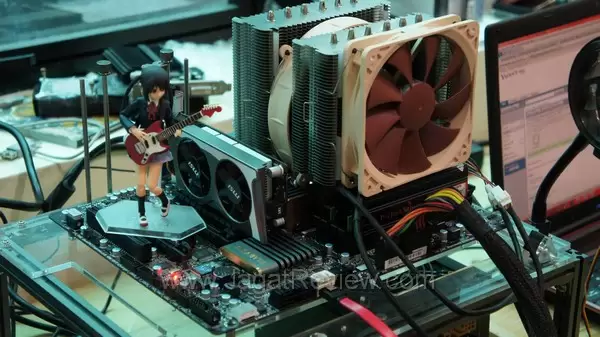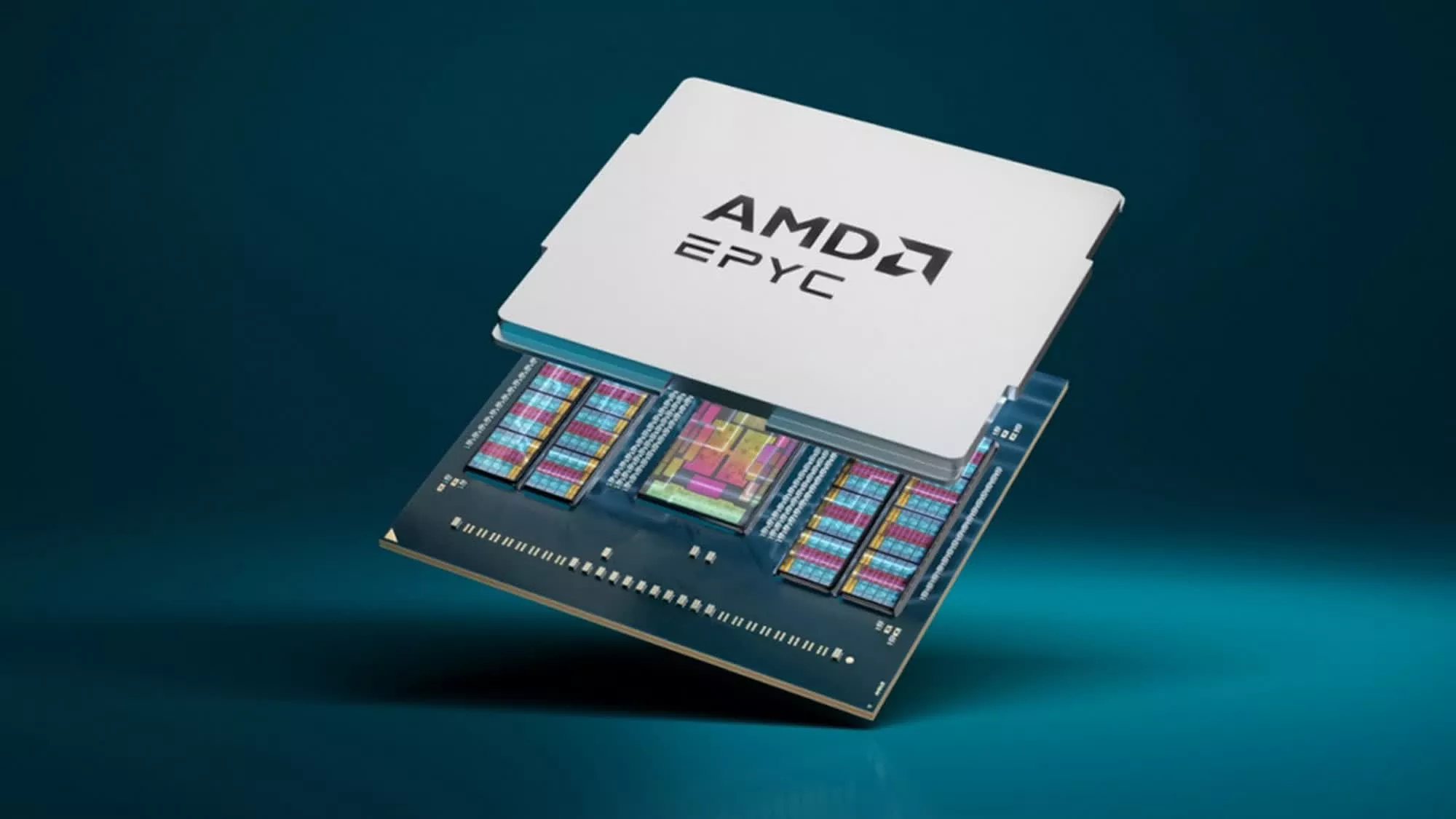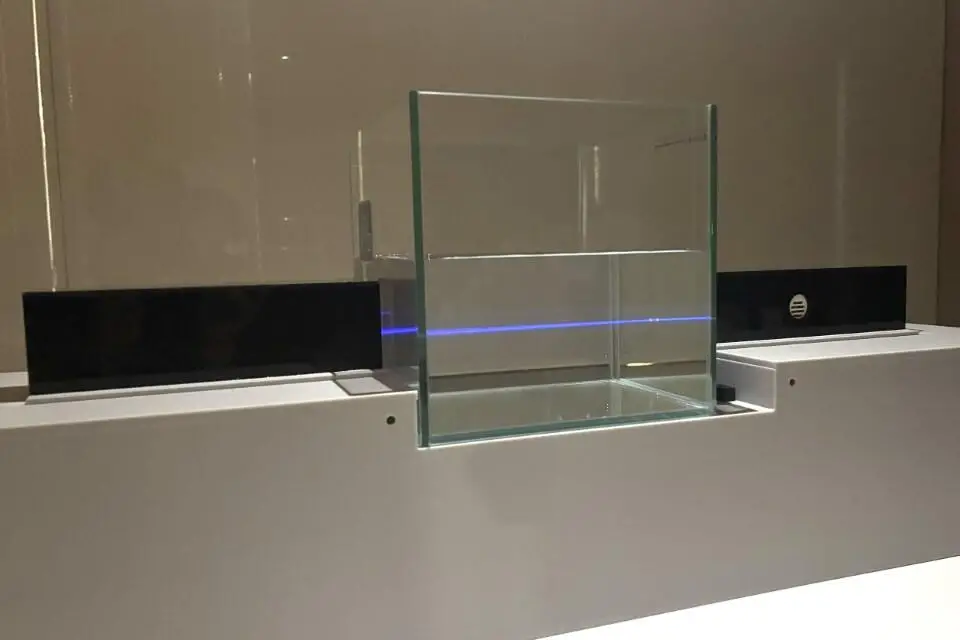Breaking the Speed Limit: Intel Sandy Bridge i7-2600K (Retail Version) Overclocking Preview
Intel’s newest CPU lineups, codenamed “Sandy Bridge” are based on their latest, 32 nm architecture. Far before it was officially announced just a couple days ago, many overclockers have actually gotten their hands on a Sandy Bridge processor. Later on, it was rumored that the Sandy Bridge family of CPUs wouldn’t go pass a certain speed mark due to architecture limitation. If it’s real, this could potentially drive away some discriminating buyers (overclockers) who are mostly interested with the overclockability aspect of a CPU. Using a Core i7 2600K, the Jagat Review OC Team attempted to confirm the rumor through a series of short tests. Let’s see what they found out!
Test Platform
These are the hardware components used in the test:
- CPU : Intel Core i7-2600K (Retail D2 stepping)
- Motherboard : Gigabyte P67A-UD7, F6x BIOS
- RAM : G.Skill PerfectStorm DDR3-2200C8 2x2GB
- Graphics Card : MSI GT430 1GB DDR5
- Storage: Seagate 250GB SATA Hard Drive
- PSU : CoolerMaster SilentPro Gold 800W
- CPU Cooler : Noctua NH-D14
BIOS Setting
Setting adjustments made to the BIOS parameters are as follows :
- Base Clock : 100Mhz(Default)
- DRAM Frequency : DDR3-1600Mhz & DDR3-1866Mhz
- DRAM Timing : Auto
- CPU Voltage = 1.6 V
- CPU IO Voltage = 1.3V
- System Agent Voltage = Auto
- DRAM Voltage = 1.65V
i7-2600K + Noctua NH-D14 = 5.4Ghz
How about the results then? This processor is quite a jaw dropper: our i7 2600K had no problem running at well above 5 GHz with just the Noctua NH-D14 HSF attached on top of it.
At 5.2 GHz, the CPU managed to chew its way past our multi-threaded benchmark softwares, including Cinebench R11.5, 3DMark Vantage CPU Test, and 3DMark 11 Physics Test. It could even finish single-threaded benchmarks such as the SuperPI and PiFast at 5.4 GHz!
Click here to see a CPU-Z screen shot of our Core i7 2600K running at 5.4 GHz

























